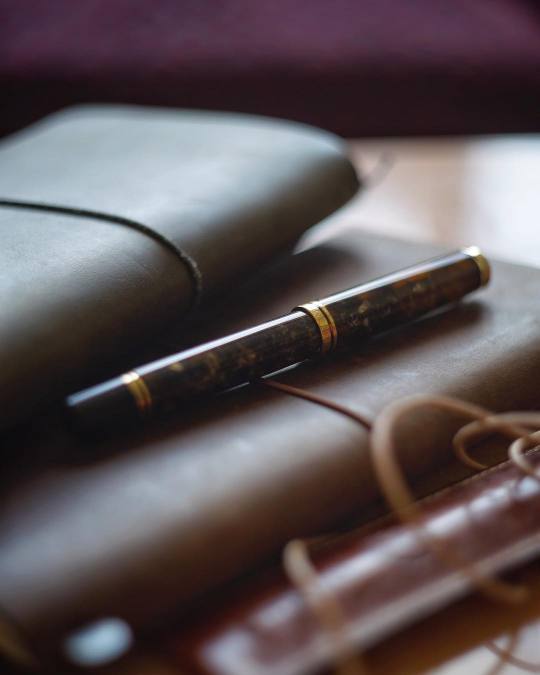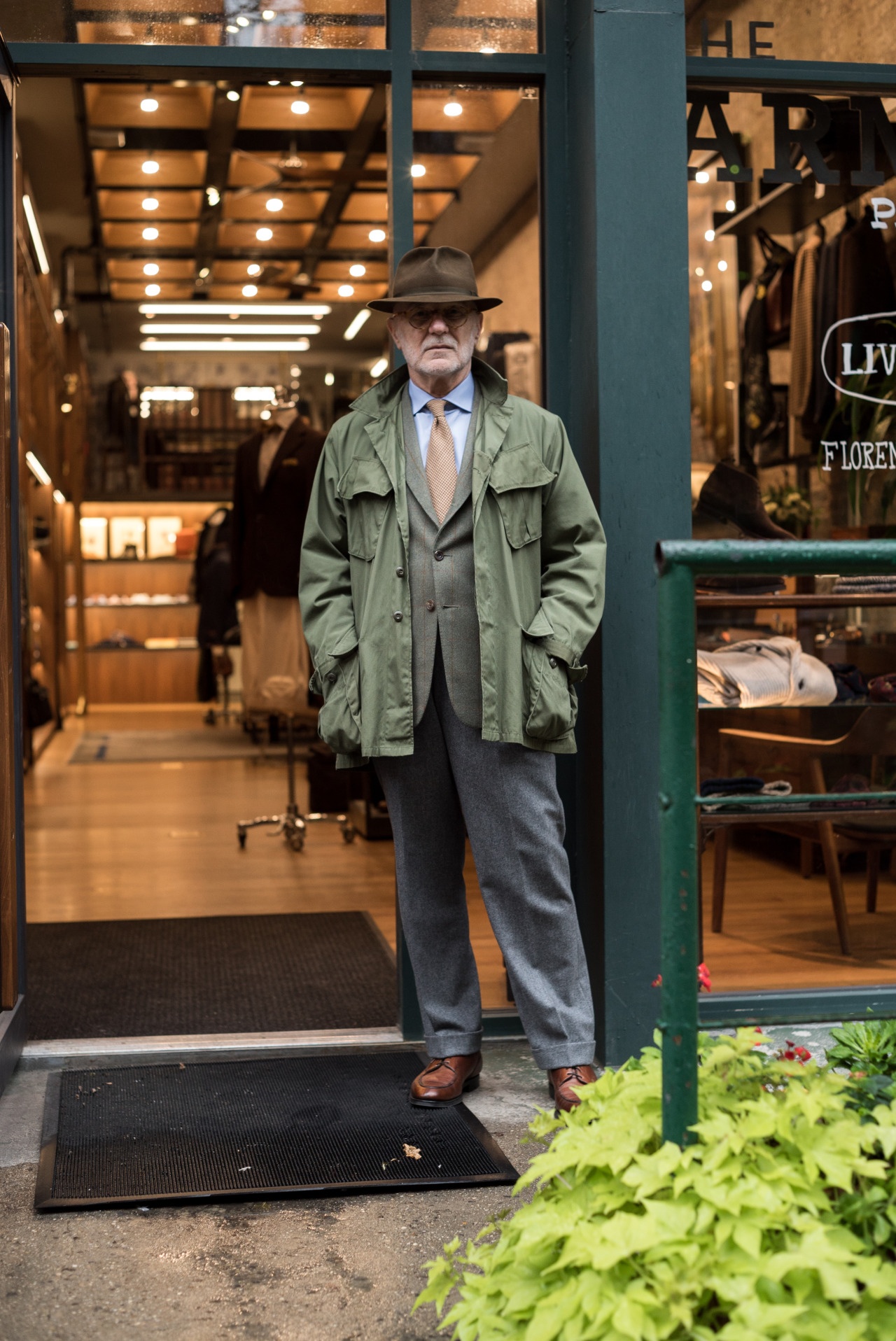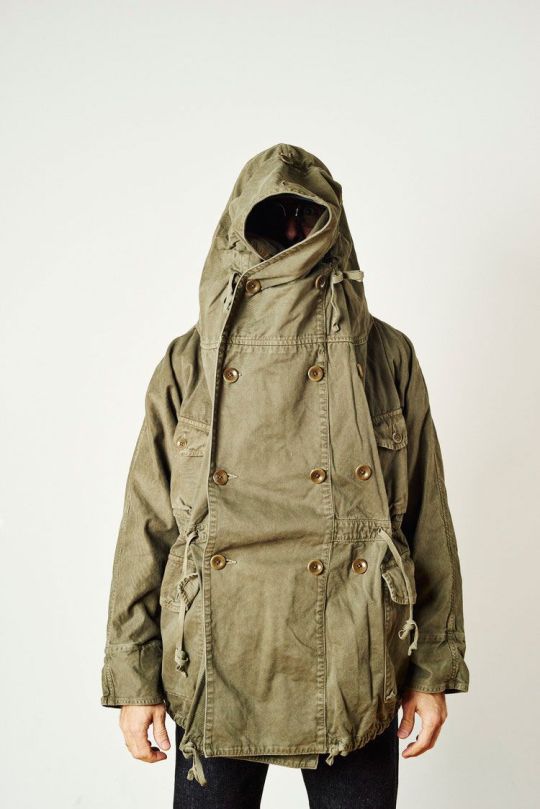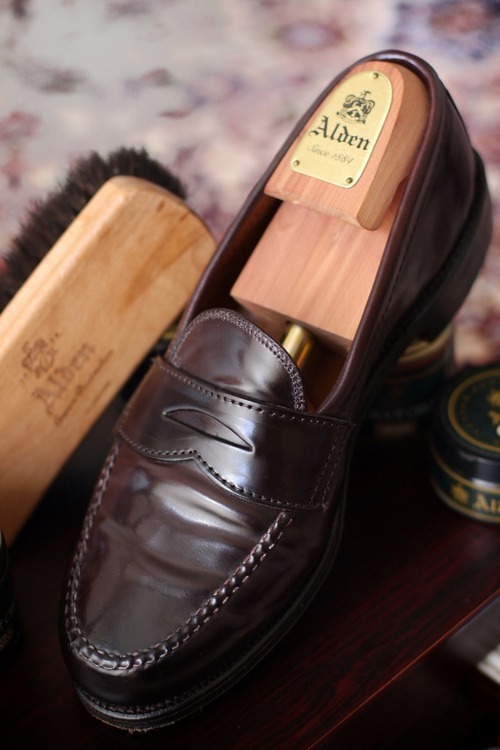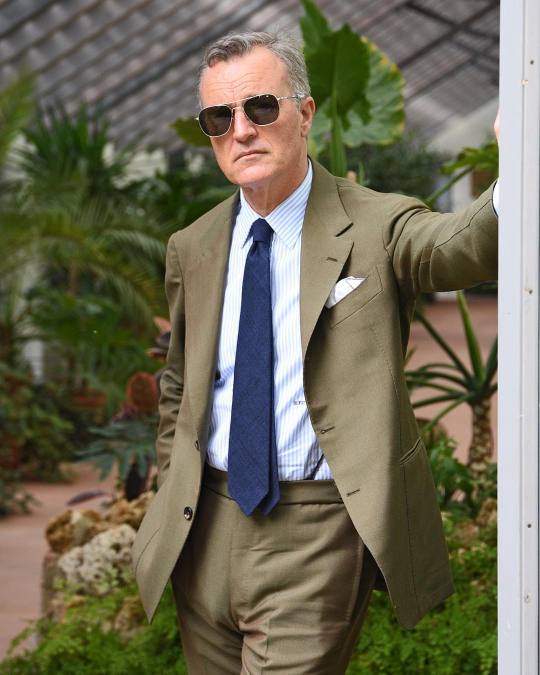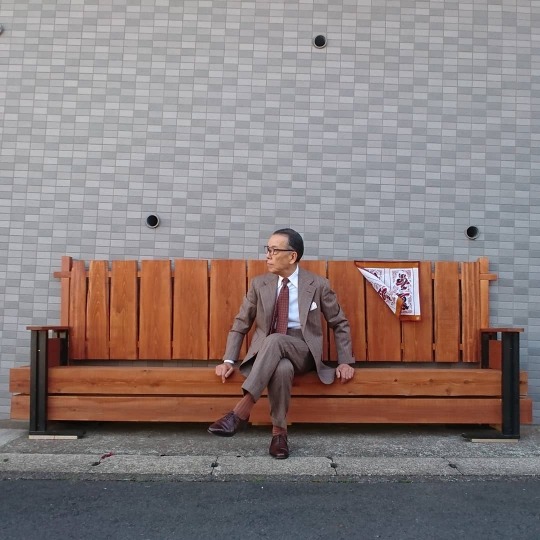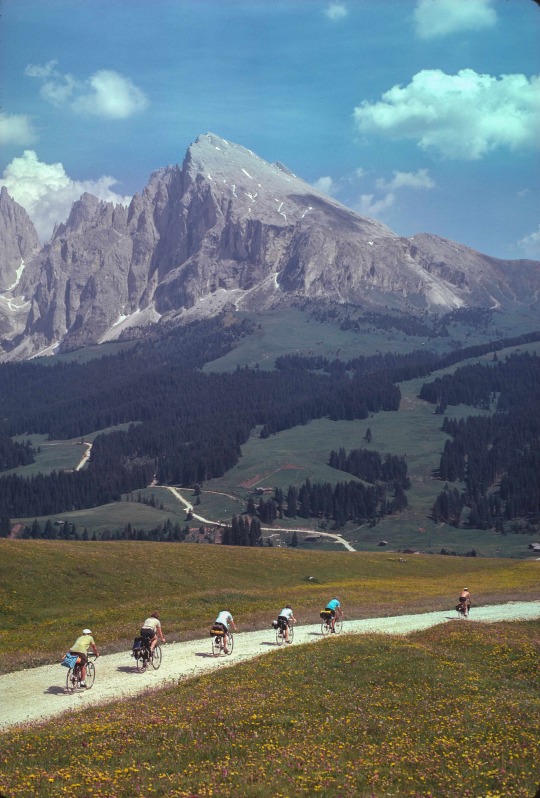
On a Sunday afternoon in May of 1955, a ragtag group of forty people crammed themselves into The Black Swan, a cozy pub in the market town of Leominster, England. They were responding to a letter published in The Bicycle magazine the previous October. Penned by W.H. Paul — a thin, bespectacled man better known to his friends as Bill — the letter asked if the cyclists of the day were only interested in replicating the road-racing feats of Tour de France competitors. Paul, an enthusiast of the great outdoors, wondered if anyone else liked using bikes to explore less trodden paths.
“I have always been a searcher of the remote, wild, and more desolate country, which is to be seen ‘off the beaten track,’” he wrote. “I wonder if the modern lightweight, with its ‘Continental this’ and ‘super that,’ prompts the rider to keep on the billard-table surfaces of modern tarmacs. Nevertheless, I believe there is still a small select circle who love the rough and high ways amongst the mountains of Wales, the Lakes, and Scotland. […] Who then, would care to become a member of The Rough-Stuff Fellowship?”
The response was immediate and positive. A year after the inaugural meeting, the club grew from 40 hardened riders to 160 scattered across the country — and today is 800 members strong, making it the oldest off-road bicycling club in the world. Riders meet on a weekly, if not daily basis to explore every corner of the British countryside and beyond. They shoulder their bikes as they climb up mountains and wade through streams, then hop on them again to ride across rocky dirty paths and through grass-covered fields. “They prefer a far less beaten track – one where no ascent is too steep, no mud too thick, no destination too distant,” Niall Flynn wrote of the group.
Keep reading








